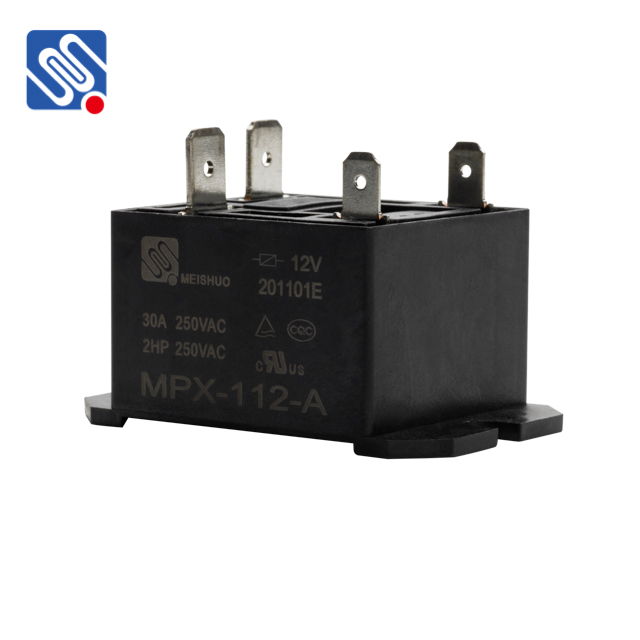understanding power relays: essential components for high-power circuit control
Release time:2025-10-27 17:57:25
Power relays are indispensable components in electrical systems, widely used for controlling high-power circuits through low-power signals. These devices function as electrical switches, enabling efficient management of large current flows while offering protection and automation in various applications. From home appliances to industrial machinery, power relays ensure that systems operate safely and efficiently.

What is a Power Relay?
A power relay is an electromagnetic switch that is used to control high-power electrical circuits by using a low-power signal. The relay consists of a coil, contacts, and a switching mechanism. When a current flows through the coil, it generates a magnetic field that moves the switch's contacts, either closing or opening the circuit. This allows a small current to control a much larger current, thus providing a means to safely handle high-voltage equipment.
There are two main types of power relays: mechanical relays and solid-state relays (SSRs). Mechanical relays have physical moving parts that open and close the circuit, while solid-state relays use semiconductor components to achieve the same result but with no moving parts. Both types serve similar purposes but have different characteristics in terms of performance, durability, and speed.

